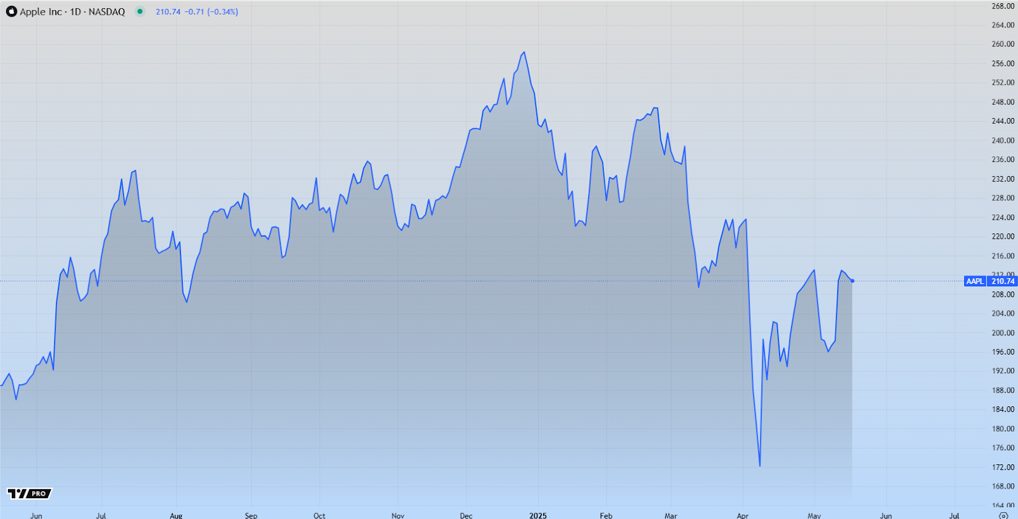Cybersecurity is an important field that must be focused on to help keep your business protected.
You might think that it’s only relevant for larger businesses, but it’s also incredibly important for small businesses. For reference, 60% of small businesses fold within the first 6 months after a cyberattack.
With this in mind, it becomes extremely likely that your small business won’t survive a cyberattack. For this reason, you need to be extra vigilant about cybersecurity to keep your business running strong!
You need to make sure your team practices secure coding, is well prepared for development, and reduces the risk in software – and companies like HackEDU can help you achieve this goal.
One of the most important aspects of cybersecurity is vulnerability management, which can help you prevent an attack from occurring in the first place. Stellar defense is paramount and should be prioritized above anything else. This defense culminates from cybersecurity leadership training.
Let’s take a look at how you can implement vulnerability management such as the one provided by GuidePoint Security, to protect your small business!

What Is Vulnerability Management?
To understand how to use vulnerability management, you should first know what it is.
Vulnerability management is the process of identifying, addressing, and monitoring your cybersecurity vulnerabilities.
The realm of cybersecurity is vast and there is a lot of potential for weak points. These areas of weakness make it easier for a hacker to exploit, which leaves your business vulnerable.
To make it harder for a cyberattack to occur, you need to protect your vulnerabilities. This begins with identifying what they are.
Once you know what your weaknesses are, you must address them. From here, you’ll need to keep a constant eye on them to prevent future vulnerability.
With this in mind, vulnerability management is an ongoing process that must always be maintained. The moment that you slip on your oversight is when you become prone to a cyberattack!
Identify Your Vulnerabilities
As we mentioned above, the first step in vulnerability management is identifying your vulnerabilities. Fortunately, small businesses have fewer access points and staying on top of them is a little easier.
Here are the two main areas you should focus on:
- Hardware and Software – The problem with hardware and software is that the vendor testing procedures for verifying their cyber safety has inherent flaws. Hardware and software can only be tested based on current methods of hacking, which leaves them vulnerable to new
- Configurations – This covers your business network, servers, browsers, and any devices that your employee uses. These can all create entry points for a hacker, especially if they are not properly secured.
Your business may have additional vulnerable areas, but these are the two main categories that are typically exploited. This makes them a great starting point and can help you learn what to look for.
Address Weaknesses
Once you’ve discovered what your vulnerabilities are, the most important step in the process is addressing them. More specifically, you need to cover them up and limit your overall attack surface.
Your attack surface is the combination of all the various entry points a hacker can exploit. Limiting your vulnerabilities will reduce your attack surface and therefore make your business more secure.
There are three primary ways of doing this.
For your hardware and software, you should be diligent about updating and applying any patches that are released. Vendors test for new exploits regularly, so you need to install patches that shore up the weaknesses that they discover.
Your configurations must be secured. This means turning off any unnecessary features, not sticking to default settings, and limiting how many devices (and what type) can connect to your network.
You should also create a list of assets deployed by your business. This includes both IT software and the physical devices that your employees use. Doing this will allow you to identify any unnecessary software or devices that create additional vulnerability.
Constant Monitoring
After you’ve identified and addressed your vulnerabilities, the last main step in the process is constantly monitoring them.
There are two critical reasons for this.
The first is that new vulnerabilities can appear at any time. For example, you may have created an asset list, but what good is it doing if you aren’t comparing it to the current assets in use? You need to always be aware of potential dangers and stop them before they lead to exploitation.
Another reason is that your current securities can diminish in effectiveness over time. Device and software updates can alter configurations and settings that unintentionally make them vulnerable. If you aren’t constantly watching them, then you might not be able to fix them quickly enough.
Picture vulnerability management like having physical security outside your building. Setting up a fence is surely important, but how safe is your building if you aren’t ensuring that this fence is maintained? The fence can deteriorate over time and can become penetrated with enough effort.
Don’t let your cybersecurity falter by having a set-and-forget mindset! Instead, set up your vulnerability management and always keep a close eye on it.
Closing Thoughts
Vulnerability management is one of the most important aspects of having strong cybersecurity. This allows you to patch up the obvious weaknesses of your business, making you less susceptible to a cyberattack.
The process of vulnerability management includes identifying your vulnerabilities, fixing them and continuously watching over them to prevent future vulnerability.
Cyberattacks are a serious threat that no business can take lightly. Even small businesses aren’t safe, so you need to be diligent about protecting your business to ensure longevity!





